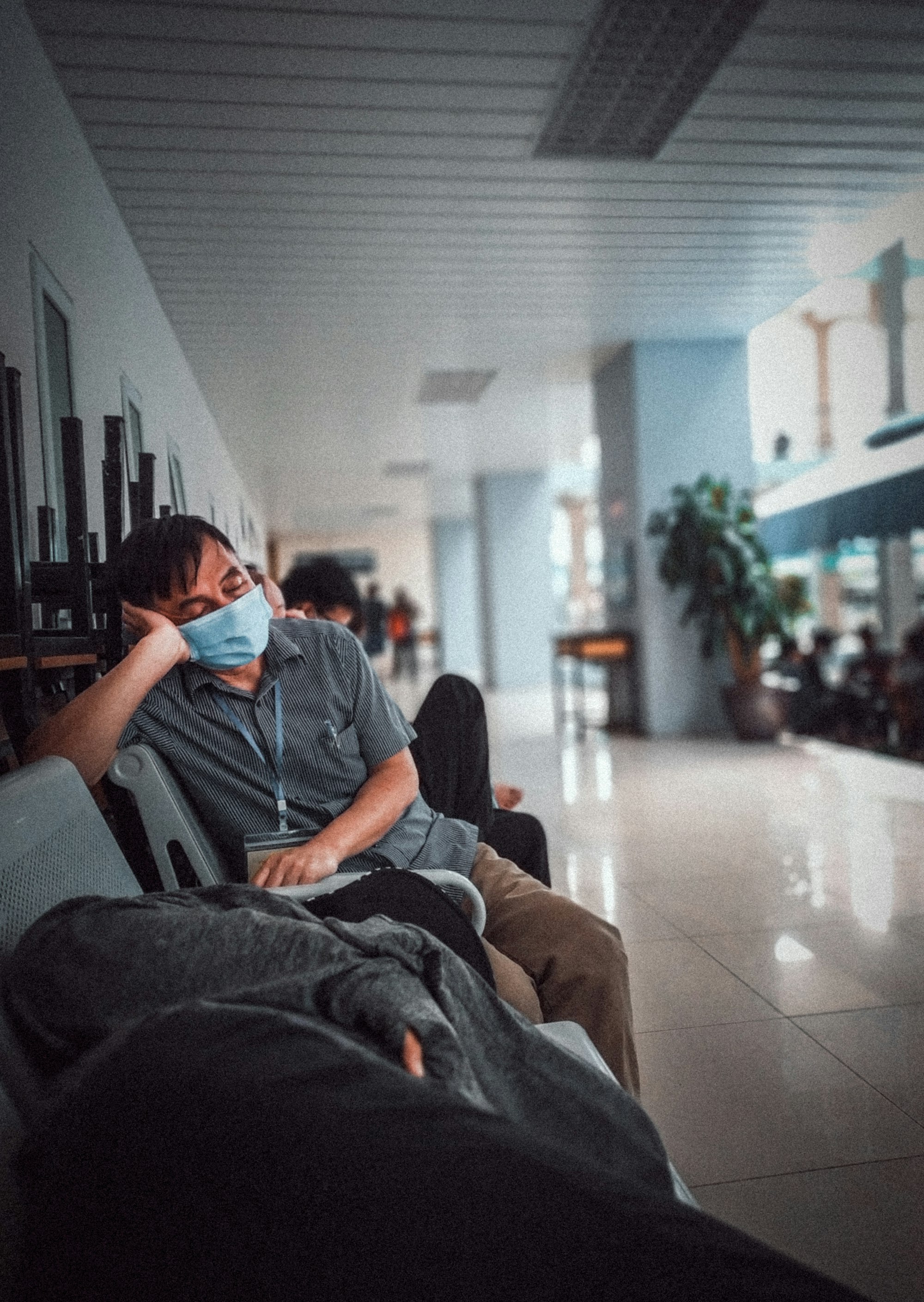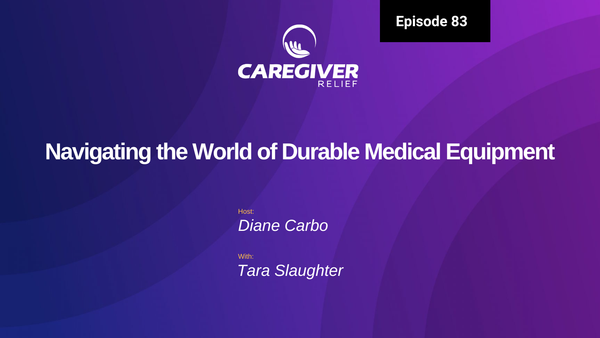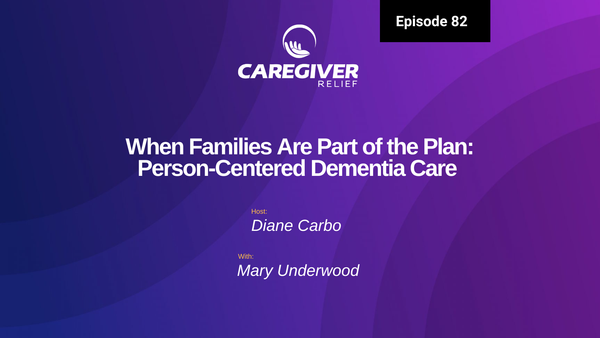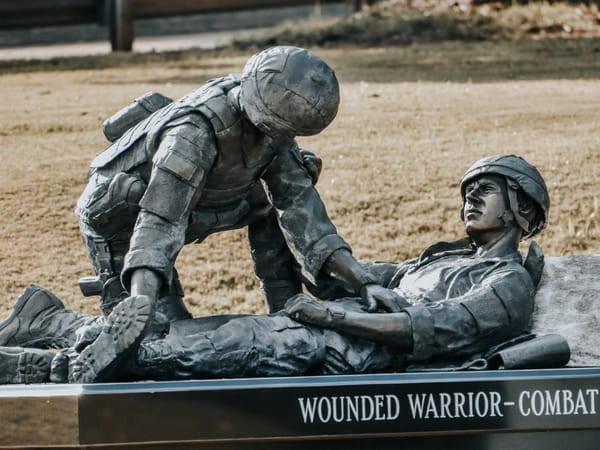My Father is Receiving Dementia End of Life Care. How Long Will This Take?
As someone approaches the end of life with dementia, it's natural to wonder what to expect. This blog post explains the pre-active and active stages of dying with dementia, including common signs and symptoms to watch for.
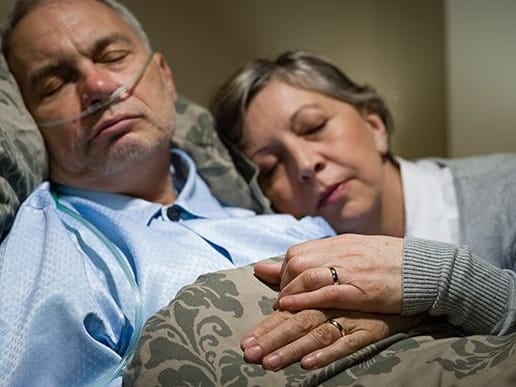
I have cared for my father for 10 years. He has Alzheimer's dementia. He is presently on hospice. Can you explain to me how long he may be on hospice? How long does it take to die at the late stages of dementia?
-Lisa
Dear Lisa,
Caring for a loved one in the end stages of dementia can be an incredibly challenging and emotional experience. One common question that often arises during this time is, "How long will this stage last?" While it's important to remember that every individual's journey is unique, it's natural to seek some guidance on this matter. Predicting the exact timeline is difficult, as healthcare professionals can only provide estimations. Many factors, including the type of dementia and the patient's overall health, can influence the duration of this phase.
I've added more information for you to understand dying process.
Warm Regards,
Diane Carbo RN
Caring for a loved one can be overwhelming — but you're not alone. If you have questions, big or small, our expert team is here to help.
👉 Click here to Ask the Expert
More on this topic ...
Common Signs of Approaching Death in Dementia Patients
There are specific signs that may indicate that a person is nearing the end of life. However, not all of these signs will be present in every case, and the progression can vary greatly from person to person. If you have any concerns or questions about your loved one's condition, don't hesitate to consult the hospice nurse for guidance.
1. Pre-Active Phase of Dying
This phase can last from a few months to an average of two weeks before death. Signs may include:
- Increased restlessness, with the person unable to remain content in one position, often requiring frequent changes.
- Confusion and agitation.
- Withdrawal from social activities.
- Longer periods of sleep.
- Reduced intake of food and liquids.
- Occasional pauses in breathing (apnea), whether awake or asleep.
- Reports of seeing deceased loved ones.
- Verbalizing thoughts about dying.
- Requests to resolve "unfinished business" or "tie up loose ends."
- Inability to heal or recover from wounds or infections.
- Increased swelling (edema) in the extremities or throughout the body.
2. Active Stage of Dying
The active stage of dying typically lasts about three days before the person passes away. During this phase, you may observe:
- Inability to arouse the patient (coma) or only responding when stimulated but quickly becoming difficult to arouse (semi-coma).
- Severe agitation, sometimes accompanied by hallucinations.
- Irregular breathing patterns, such as rapid and shallow breathing followed by slow, deep breaths.
- Increased respiratory congestion or fluid buildup in the lungs.
- Inability to swallow any fluids.
- Continuous mouth breathing and loss of the ability to speak.
- Urinary or bowel incontinence.
- Decreased urine output with a change in urine color (such as red or brown).
- Lowered blood pressure.
- Cold extremities (hands, arms, feet, and legs).
- Bluish or purple discoloration of the extremities, especially the hands and feet.
- A rigid body position.
- Jaw drop, where the jaw may hang to the side of the head.
Offering Comfort and Support
During this challenging time, providing a loving and caring presence at your loved one's bedside is essential. Remember that they can often hear you even in their final moments, so your presence can help bring them comfort and peace.
While it's a difficult journey, your dedication to being there for your family member is a powerful expression of love. It can help ease their transition and ensure they are not alone during this significant moment. Please seek support from healthcare professionals and hospice services to navigate this difficult process and provide the best care possible for your loved one. And remember, while it's challenging to predict the exact duration of this stage, you are not alone, and support is available for you and your family.
You might also like this article:

